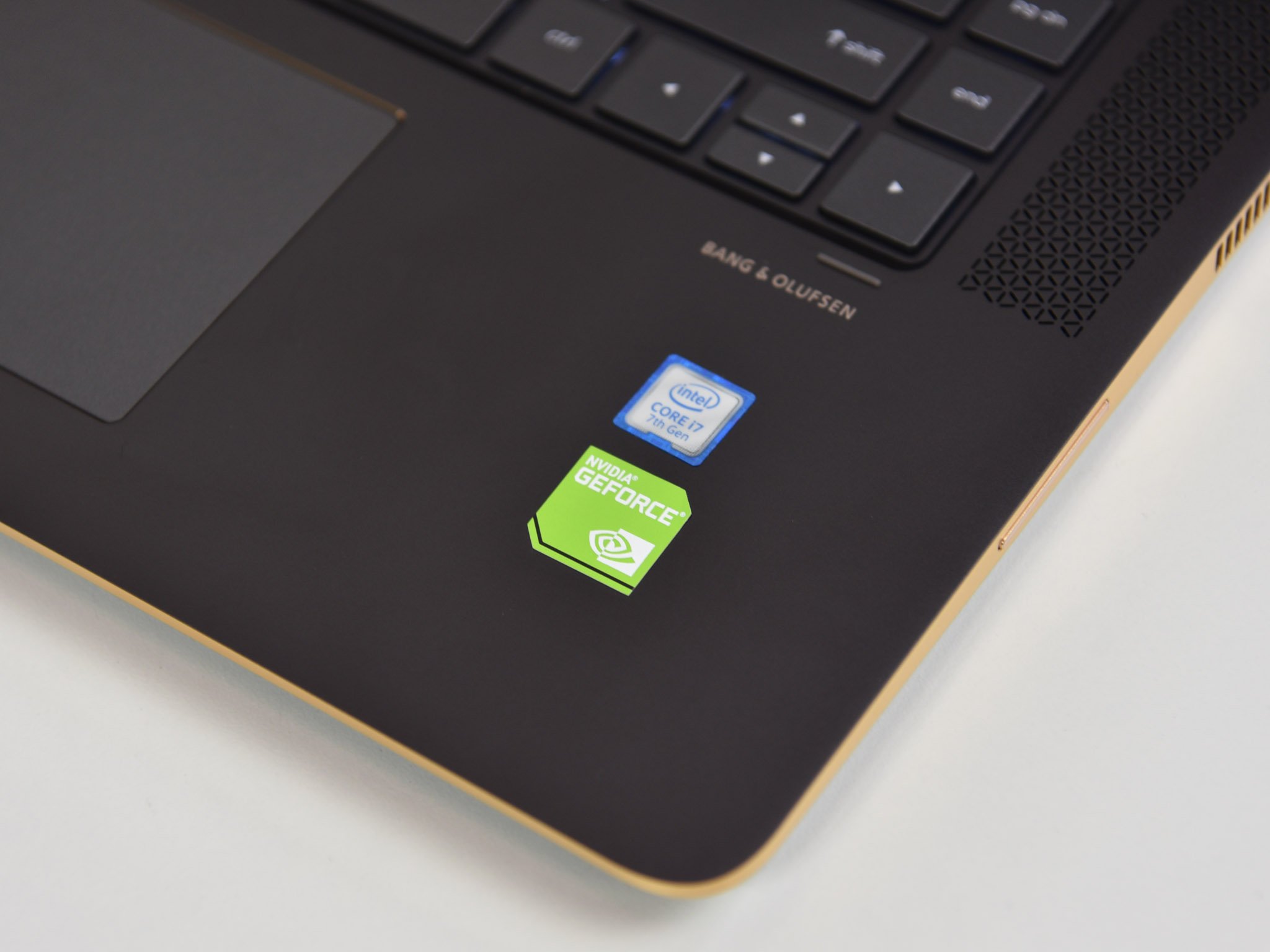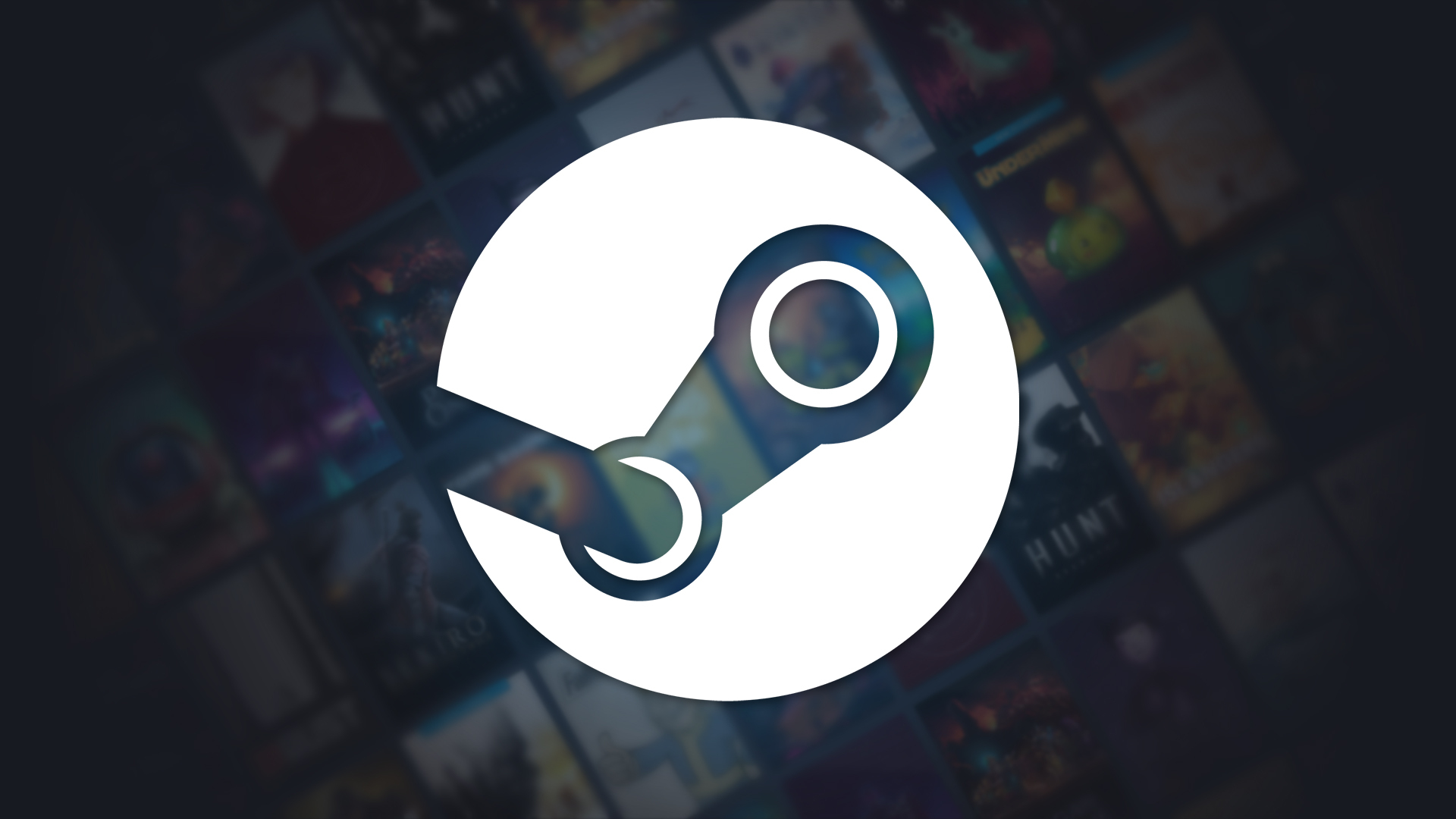NVIDIA ends Game Ready drivers support for Windows 7, 8, 8.1, and Kepler-based GPUs
Your old PC may no longer receive NVIDIA Game Ready drivers.

What you need to know
- The latest NVIDIA Game Ready driver cuts support for Windows 7, Windows 8, and Windows 8.1.
- NVIDIA also ended support for GPUs built on its Kepler architecture.
- Kepler-based GPUs will receive security updates until September 2024, but they won't receive Game Ready drivers.
There's bad news for PC gamers running decade-old GPUs or operating systems that are out of support. NVIDIA's latest Game Ready driver drops support for Windows 7, Windows 8, and Windows 8.1. NVIDIA's Kepler GPUs are also out of support, ending a run that in some cases lasted around 12 years (via PC Gamer).
Kepler GPUs are inside NVIDIA's 600-series GPUS and some 700-series cards. NVIDIA's website has a list of all GPUs based on Kepler architecture.
The NVIDIA GeForce GTX 750 Ti and GTX 750 aren't affected by this move as they are built on NVIDIA's Maxell architecture.
While Kepler cards are no longer supported, they'll continue to work. They'll even get security updates until September 2024. They won't, however, get Game Ready drivers that optimize systems for certain games.
Many of the now unsupported cards would struggle to play the best PC games, but finding replacement cards could be difficult. The best GPUs are rarely in stock, and new graphics cards sell out almost instantly. Even when AMD quietly launched the Radeon RX 6600, the GPU sold out in moments.
NVIDIA cutting support for Windows 7, Windows 8, and Windows 8.1 likely won't affect that many PC gamers, but there are people running the old operating systems. Around 5% of Steam gamers run Windows 7, according to the latest Steam survey. Less than 1% of gamers on Steam run Windows 8.1.
All the latest news, reviews, and guides for Windows and Xbox diehards.

Sean Endicott is a news writer and apps editor for Windows Central with 11+ years of experience. A Nottingham Trent journalism graduate, Sean has covered the industry’s arc from the Lumia era to the launch of Windows 11 and generative AI. Having started at Thrifter, he uses his expertise in price tracking to help readers find genuine hardware value.
Beyond tech news, Sean is a UK sports media pioneer. In 2017, he became one of the first to stream via smartphone and is an expert in AP Capture systems. A tech-forward coach, he was named 2024 BAFA Youth Coach of the Year. He is focused on using technology—from AI to Clipchamp—to gain a practical edge.
